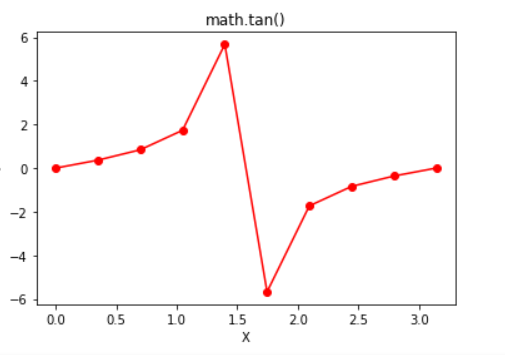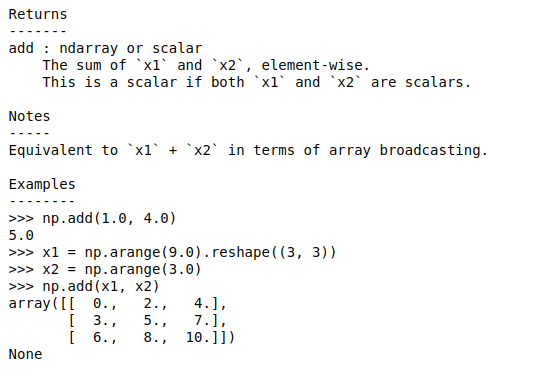

Duck typing and using try-except blocks instead of using type checking is an advanced concept that is far more difficult for beginners to understand or implement. You can send any data types of argument to a function (string, number, list, dictionary etc.), and it will be treated as the same data type inside the function. People often mistake Python's unintimidating syntax with the language being easy. In the example above, it really was useful to know that the program function requires a BeautifulSoup object, and I feel that it's much more appropriate than duck-typing here.
PYTHON FUNCTION ANNOTATIONS CODE
I think that being too rigorous with this rule can decrease code quality. Some Pythonistas are opposed to type annotations, as they consider it unpythonic. Whether you use type annotations, and how often, will depend on the kind of applications you write and your own style. This can prevent a lot of runtime errors from occurring, and can thus make your code more reliable. Third, while the standard Python interpreter doesn't check whether the argument types match those specified in the function definition, external tools and IDEs can do this. Without type annotations, it would take a long time to figure out what program was supposed to be if it had been a long time since I'd worked on the code, or if the application was sufficiently large. It's a BeautifulSoup object that implements a find method. Now it's entirely clear what program is supposed to be.

If you're familiar with Java, this would be somewhat equivalent (see below): void sayHello (String name)).text.strip() In the function definition, we specify that name should be a str and that we expect that nothing will be returned. In case you're unfamiliar with type annotations, it looks like this: def say_hello (name: str) -> None: Which is still a close approximation (slightly less strict).Python 3.5 introduced type annotations, or type hints, as proposed in PEP-483 and PEP-484. Moreover, tools that do not have support for parsing the TaggedUnionĪnnotation would still be able able to treat Currency as a TypedDict, Trying to upstream tagged union to typing, mypy, etc. The author could easily test this proposal and iron out the kinks before That don’t yet support this feature work in a codebase with tagged unions. Proof-of-concept and have people with type checkers (or other tools) This is a somewhat cumbersome syntax but it allows us to iterate on this Python such that only one field is allowed to be set:ġ from typing import Annotated 2 3 Currency = Annotated Annotations are useful, for example, for providing metadata about a function, such as the functions author. Function annotations are associated with various part of functions and are arbitrary python expressions. One way to accomplish would be to annotate TypedDict in In this tutorial, we will learn python in detail. Ideally, authors should be able to introduce new types in a manner thatĪllows for graceful degradation (e.g.: when clients do not have aĬustom mypy plugin ), which would lower the barrier toĭevelopment and ensure some degree of backward compatibility.įor example, suppose that an author wanted to add support for tagged

Transportable to other developers’ tools without additional logic.Īs a result, there is a high cost to developing and trying out new Makes use of these types, seeing as the code would not be immediately This is particularly important when working on open-source code that Type to the typing module and change mypy, P圜harm, Pyre,

Typically when adding a new type, a developer need to upstream that unpack ( record ) 14 # Student(name=b'raymond ', serialnum=4658, school=264) Packed ): 7 # mypy typechecks 'name' field as 'str' 8 name : Annotated 9 serialnum : UnsignedShort 10 school : SignedChar 11 12 # 'unpack' only uses the metadata within the type annotations 13 Student. Now use multiphase initialization as defined byġ from typing import Annotated 2 3 UnsignedShort = Annotated 4 SignedChar = Annotated 5 6 class Student ( struct2. _abc, audioop, … _functools, _json, operator, resource,… These include: PEP 526: Syntax for Variable Annotations. String methods to remove prefixes and suffixes Since the initial introduction of type hints in PEP 484 and PEP 483, a number of PEPs have modified and enhanced Python’s framework for type annotations. IANA Time Zone Database in the Standard Library Lowering barriers to developing new typing constructs (Flexible function and variable annotations)Ĭombining runtime and static uses of annotations


 0 kommentar(er)
0 kommentar(er)
